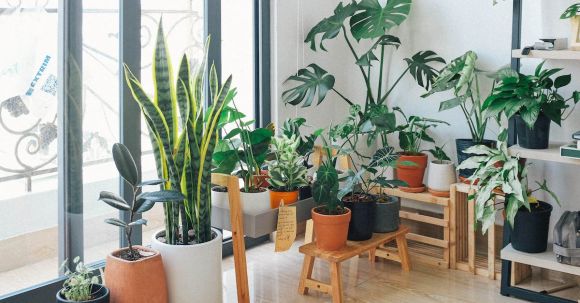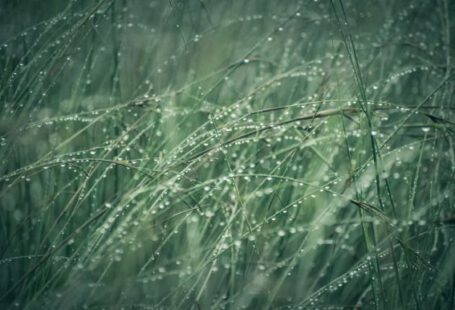Indoor plants can bring life and beauty to any space, but what happens when you have a room with little to no natural light? Can you still keep indoor plants thriving in such conditions? The answer is yes! With a little extra care and attention, you can create the perfect environment for your indoor plants to flourish, even in low light conditions. Here are some tips to help you care for your indoor plants in low light.
Choose the Right Plants
The first step to caring for indoor plants in low light is to choose the right plants. Not all plants are created equal when it comes to low light conditions. Some plants are naturally more adaptable and can thrive with less sunlight. Examples of these low light tolerant plants include pothos, snake plants, ZZ plants, and peace lilies. These plants have evolved to survive in the understory of forests where they receive minimal sunlight. By selecting these plants, you are giving yourself a head start in successfully caring for your indoor plants in low light conditions.
Consider Artificial Lighting
If your indoor space lacks natural light, consider supplementing it with artificial lighting. There are various types of grow lights available in the market, specifically designed to provide the necessary light spectrum for plants to grow. LED grow lights are a popular choice as they are energy-efficient and emit a full spectrum of light that mimics natural sunlight. Place the grow lights close to your plants, ensuring they receive at least 12 hours of light each day. This will help compensate for the lack of natural light and promote healthy growth.
Monitor Watering Carefully
One of the most common mistakes made when caring for indoor plants in low light is overwatering. Without adequate light, plants will not be able to use up the water they receive, leading to waterlogged roots and root rot. It is important to monitor the moisture levels of the soil carefully and only water when the top inch of soil feels dry to the touch. Additionally, make sure your plants are potted in well-draining soil and that the pots have drainage holes to prevent water from sitting in the bottom.
Avoid Overfertilizing
In low light conditions, plants grow at a slower pace, which means they require fewer nutrients. Overfertilizing can lead to a buildup of salts in the soil, which can harm the plants. It is best to fertilize your indoor plants in low light sparingly, using a diluted, balanced liquid fertilizer. Follow the instructions on the fertilizer packaging and err on the side of caution to avoid nutrient burn or other fertilizer-related issues.
Dust and Clean Leaves Regularly
In low light conditions, dust tends to settle on the leaves of indoor plants, blocking sunlight and hindering photosynthesis. To ensure your plants can make the most of the available light, it is essential to regularly dust and clean their leaves. Gently wipe the leaves with a damp cloth or use a soft brush to remove any dust or debris. This simple step will help your plants absorb as much light as possible and keep them healthy.
In conclusion, caring for indoor plants in low light conditions is not impossible. By selecting the right plants, providing supplemental lighting, monitoring watering, avoiding overfertilization, and keeping the leaves clean, you can create an environment that allows your indoor plants to thrive. With a little extra care and attention, you can enjoy the beauty of indoor plants in even the darkest corners of your home or office.




